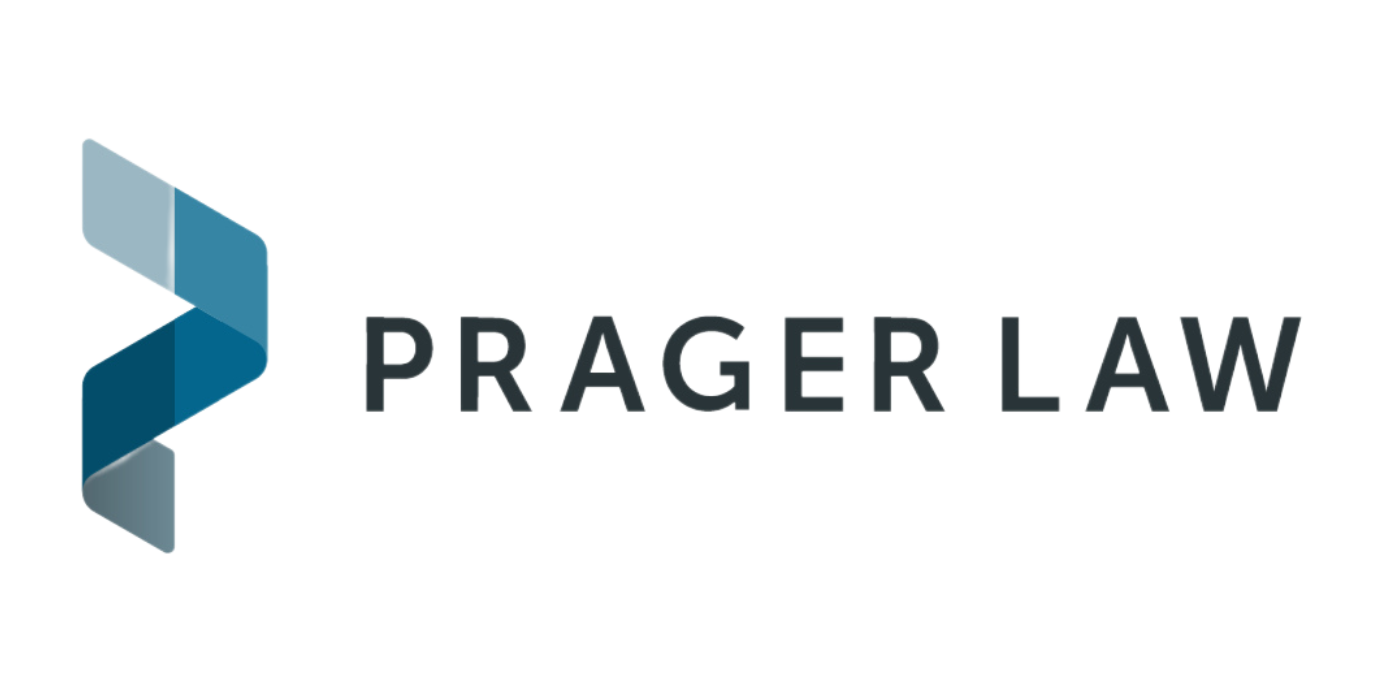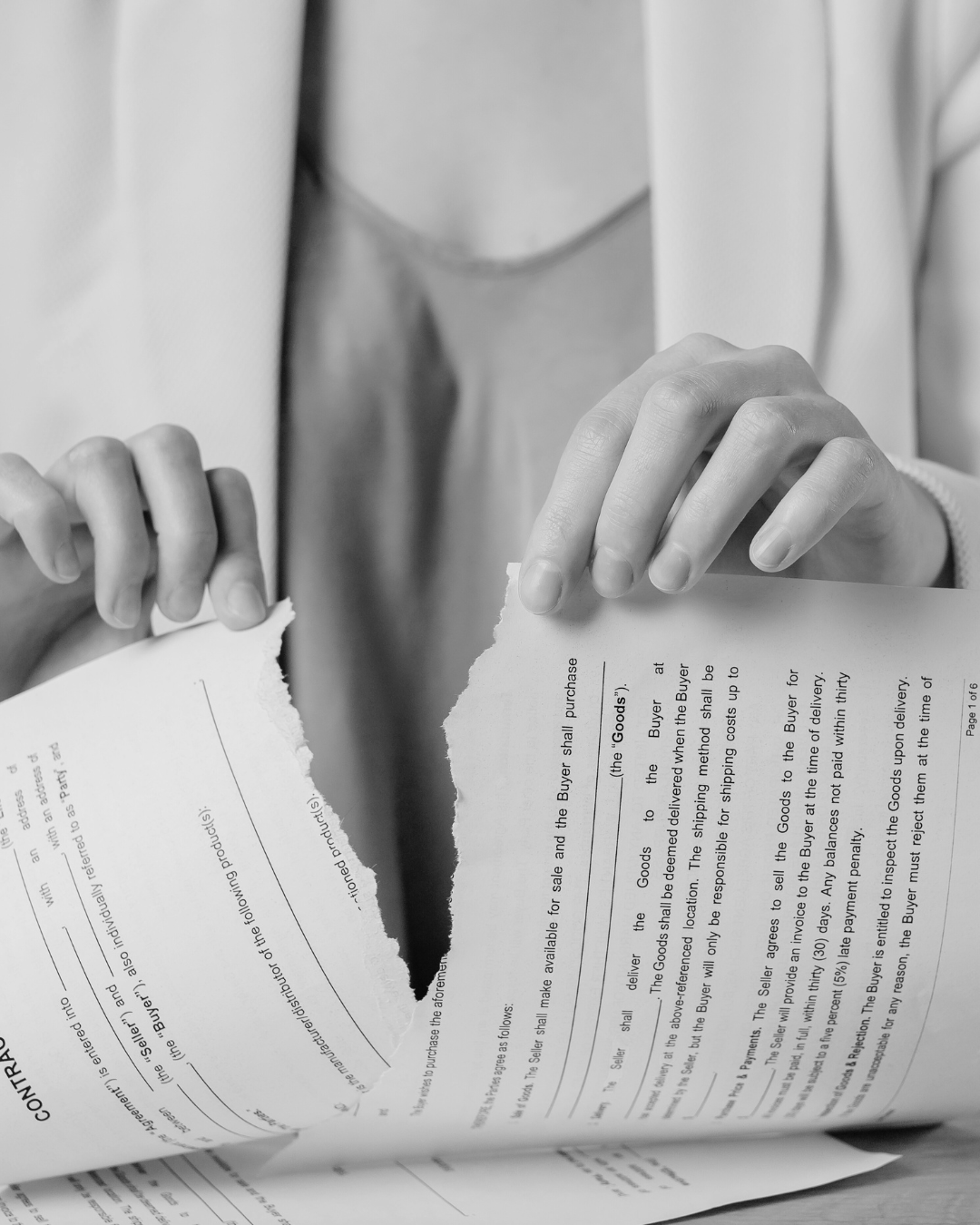
Components of a Legal Claim

What exactly is a legal claim? You hear a lot about what your claim or case may be worth, but you’ve probably never been told what actually has to be proved to establish a personal injury claim.
In General
Lawsuits are formal allegations that are filed with the court. Certain requirements must be met, but a skilled personal injury attorney will make sure those are met. Specifically, those include ensuring the allegations are adequately pleaded and in compliance with court rules, filing associated documents, and service of the complaint to avoid dismissal of the entire suit.
Statute of Limitations
This is one of the main issues that a claim faces. If a suit is not filed within a statutorily prescribed amount of time, there is little even a skilled attorney can do to preserve your claim. A car crash lawsuit needs to be filed within three years of the crash and a slip and fall needs to be filed within two years of the injury.
Once a negligence lawsuit is filed though, three main things need to be established.
Liability
Liability means the plaintiff needs to establish who was actually at fault for a car crash. In Colorado, there is a presumption that a driver who rear-ends another driver is at fault, but the defendant’s lawyers may not admit that in their response to the lawsuit.
This can get a little more complicated with a slip and fall or products liability case. For instance, in a slip-and-fall case, liability depends on the status of the victim. See our page about premises liability cases for more information.
Fault is established when one person has a duty of care to another person other words, whether one person has a responsibility to act in a certain way. For a car crash case, this means that every driver has a duty to drive carefully, not follow too closely, and avoid collisions. When someone is not paying attention to the road and rear-ends you, they have breached their duty of care.
Causation
The question for causation is whether the at-fault person’s failure to act responsibly caused the damages or injuries. This may seem straightforward, but it can cause some issues.
If you were completely healthy prior to the crash, and you had injuries afterwards, causation is pretty clear. But if you had some pain already, or this is the second crash you were in, causation may be a little trickier. What injuries were caused by the crash?
Fortunately, even if you have pre-existing injuries, you may be able to rely on two jury instructions that help with causation. First, one instruction explains that a jury cannot refuse to award damages just because you were more likely to suffer an injury because of a pre-existing condition.
The second jury instruction tells a jury that if the plaintiff had a pre-existing condition that was made worse by the defendant’s actions, the jury must determine the amount of damages caused by the defendant’s negligence.
Essentially, causation asks whether the injury was caused by the defendant.
Damages
Damages are discussed more fully here. But essentially, this is what you have lost, and what is required to make you whole. There are several categories of damages that include past and future medical bills, past and future pain and suffering, property damage, lost wages, and physical impairment.
If you have been in a car accident or otherwise hurt by another person’s carelessness, Prager Law is ready to help you.


